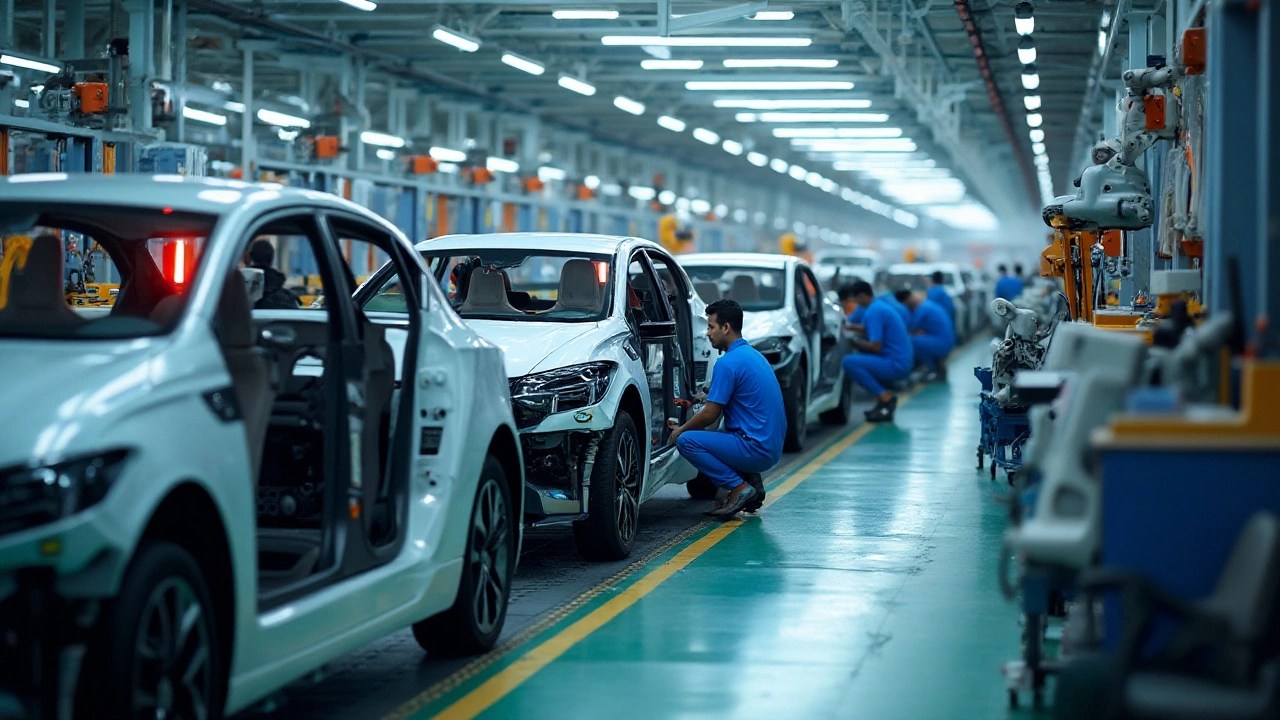Dhaka – Why the City Is Turning Into a South Asian Manufacturing Hub
Ever wonder why more companies are eyeing Dhaka for production or sourcing? The answer lies in its fast‑growing population, low‑cost labor, and strategic location next to major ports. If you’re looking for a place that blends cheap wages with improving infrastructure, Dhaka deserves a slot on your shortlist.
What Makes Dhaka Attractive for Manufacturers?
First off, the labor market is huge. Over 30 million people live in and around the capital, and a big chunk are young, tech‑savvy workers ready for factory jobs. That means you can scale up quickly without fighting for talent. Second, the government is loosening red tape on foreign investment. Recent tax breaks and easier licensing have cut the time it takes to set up a plant by nearly half.
Third, logistics are getting better. The Hazrat Shahjalal International Airport now handles more cargo flights, and the nearby Port of Chattogram is expanding to accommodate larger vessels. Together they give you sea‑air connectivity that rivals many Indian ports. Finally, the cost of utilities – electricity and water – remains lower than in most Indian industrial zones, which helps keep production costs down.
Key Facts and Practical Tips for Doing Business in Dhaka
Before you jump in, know the basics. The official language is Bengali, but English is widely used in business circles, especially in multinational firms. Having a local partner can smooth out cultural quirks and speed up negotiations. Also, keep an eye on the seasonal monsoon season (June‑September); road conditions can affect raw‑material deliveries.
When scouting locations, consider the industrial areas of Savar and Muktapur. Both host clusters of textile, garment, and electronics manufacturers, offering shared services like waste treatment and power backup. If you need warehousing, the Dhaka Export Processing Zone (DEPZ) provides ready‑made facilities with tax incentives.
Regulatory compliance is another must‑pay attention to. Bangladesh’s labor laws require minimum wages, safety standards, and regular health checks. Using a reputable compliance consultant can prevent costly shutdowns later. Moreover, the country is moving toward renewable energy; tapping into solar‑powered plants can lower your carbon footprint and appeal to eco‑conscious buyers.
Financing options are expanding too. Local banks now offer low‑interest loans for foreign investors, and the government’s “Bangladesh Investment Development Authority” (BIDA) can help you access grants for technology upgrades. Don’t forget to register with the National Board of Revenue (NBR) to get your tax identification number – it’s the gateway to import‑export benefits.
In short, Dhaka blends cheap labor, improving infrastructure, and supportive policies, making it a solid choice for manufacturers eyeing South Asia. Whether you’re in textiles, electronics, or automotive components, the city’s ecosystem can accommodate a wide range of industries.
Ready to explore? Start by reaching out to a local trade office, set up a short visit to one of the industrial parks, and map out your supply chain. You’ll find that Dhaka’s growth curve is still rising, and getting in now could give you a competitive edge as the region’s manufacturing landscape reshapes itself.

Exploring Car Manufacturing Endeavors in Bangladesh
Understanding the potential of Bangladesh's car manufacturing capability can uncover new opportunities in the South Asian auto industry. While Bangladesh is not traditionally known for car manufacturing, it has taken significant steps towards becoming a contender. This article explores the possible emergence of car production in Bangladesh, its abilities, and the impact on the local and regional markets. Bangladesh’s developing infrastructure and investments in the automotive sector are transforming perceptions and expectations of the country's industrial potential.
